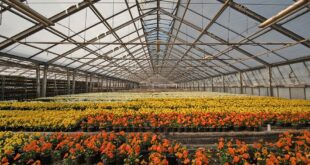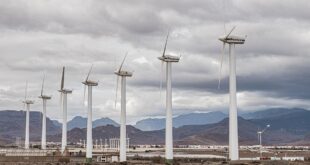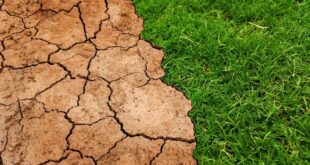10 Ways to Achieve Sustainable Development for a Brighter Future
Our world is facing numerous challenges from climate change to poverty and inequality. To overcome these challenges and create a better future for us and generations to come, we need to focus on sustainable development. Sustainable development is a path that meets the needs of the present without compromising the ability of future generations to meet their own needs. It is not only important for our planet, but it can also lead to economic, social, and environmental benefits. Here are 10 ways to achieve sustainable development for a brighter future:
1. Embrace renewable energy
Fossil fuels are a significant contributor to climate change. Thus, embracing renewable energy sources such as solar, wind, hydro, and geothermal power can mitigate carbon emissions significantly. Furthermore, renewable energy sources can be harnessed locally, reducing our dependency on imported fossil fuel sources.
2. Promote energy efficiency
Reducing energy consumption by implementing energy-efficient measures can decrease our carbon footprint and save money. This includes installing energy-efficient appliances and lighting, reducing idle power consumption by electronic devices, and minimizing unnecessary transport. By promoting energy efficiency, we can cut down greenhouse gas emissions and lower energy bills.
3. Prioritize sustainable agriculture
Sustainable agriculture can enhance food production while minimizing environmental impacts. It includes land-management practices that maintain soil fertility and control pests effectively. On the other hand, unsustainable agriculture practices, such as the use of synthetic fertilizers and intensive animal farming, can impair the environment’s health, cause biodiversity loss and degrade natural resources.
4. Encourage responsible waste management
Responsible waste management involves reducing, reusing, and recycling waste materials to minimize waste’s environmental impact. Instead of overburdening landfills, various waste reduction initiatives like composting and recycling, can keep resources in circulation, and lessen reliance on virgin resources—conserving raw materials for future generations.
5. Implement sustainable mobility
Traditionally, the automotive sector relied on fossil fuels for transportation. However, a sustainable mobility approach includes measures that cut emissions, bolster rails, road repairs and maintenance, public transport systems such as trains, cycle and pedestrian facilities, and affordable electric and fuel cell cars to reduce emissions levels further.
6. Foster eco-friendly building
As cities grow worldwide, sustainable building practices like Green Building have gathered immense significance. These approaches include Energy-saving architecture using low-emission and low-energy materials while retaining green spaces inside the city. Such architectural preferences decrease heat gain and aid modern plants to operate more efficiently while having minimum carbon footprint levels in urban regions.
7. Encourage Eco-tourism
Eco-tourism is the sustainable type of tourism that aims to minimize the environmental impact of visits to protected wildlife areas and indigenous communities. It encourages tourists to realize the significance of ecological conservation and benefit the tourism area’s hosts through its monetary benefits.
8. Promote diversity and Equal Opportunities
Diversity and inclusion facilitate an equitable and dynamic society, leading to sustainable development. Governments not recognizing diversity and inclusion exude immense strain on their local economy simultaneously with a multilevel social standard. Its recognition can allow growth opportunities for SME companies, entrepreneurship and rich profit margins.
9. Build Resilience to Climate Change
The worldwide environmental change shows up significant issues, regardless of where peoples dwell. Governments need to have disaster preparedness investments while adapting strategies to avert the catastrophic impacts of climate change. Cutting lifespan relates degradation and guarantee longevity by repairing environmental habitats and reviving sustainable agriculture
10. Provide Access to Clean Water and Sanitation
Over 750 million individuals worldwide still struggle directly to access Sanitation, related to 2.0 billion to access clean water streams adequately. This lack of water directly or indirectly results in discrimination, negligence of infant health leading to Educational impoverishment, resulting in underage deaths. In order to promote a brighter future, governments should provide physical and economical access to clean water sources and ensure clean Livelihood opportunities, regardless of age or gender.
 Mind Uncharted Explore. Discover. Learn.
Mind Uncharted Explore. Discover. Learn.




